Unlike traditional software that requires installation on individual devices, web apps run on web browsers. Other than that, these applications promote seamless collaboration and data synchronization across multiple devices. As businesses and individuals increasingly rely on these versatile tools, the importance of web apps continues to grow. Throughout this article, we will help you explore what is a web app and how it works to facilitate users of all kinds.
What is a Web Application?
As mentioned, web applications have improved how we interact with online software on the Internet. From social media platforms to online banking systems, web applications offer various functionalities that enhance user experience and smooth out multiple processes. So, the question arises of what is a web-based app and why we should use such apps.
We can define a web app as software that runs on the server to let users access them on any desired browser. Moreover, users can enter their favorite platform, such as Facebook, on any device without the need to install these apps. Apart from that, these apps rely on server-side scripts to manage storage and client-side scripts, such as JavaScript, to present information to users.
Web App Advantages & Disadvantages
Upon discussing what is a web app, we have acknowledged the different benefits of these types of apps. However, their high dependency on the Internet can lead to limitations for users with bad Wi-Fi connections. Therefore, in this section, we will discuss the main pros and cons for you to remember before using a web app.
Advantages
- Accessible: Such apps are accessible from any device with an internet connection that provides users with the flexibility to work from anywhere. Moreover, this accessibility ensures that users can easily collaborate and share information in real time.
- Cross-Platform Compatibility: These web apps can be used on various operating systems and devices without multiple codebases. Developers can use broad compatibility to reach a wider audience with a single application.
- Scalability: Users always have access to the latest version of the web app since updates are deployed automatically. Furthermore, you will be able to reduce the need for manual updates and benefit from the newest features.
- Easy to Maintain: Web apps centralize maintenance and updates to make it simpler to implement changes across all users. This approach also helps reduce the cost of maintaining multiple versions of an app for different platforms.
Disadvantages
- Security Concerns: Generally speaking, web apps are more vulnerable to security threats, such as hacking and data breaches. Therefore, you can face difficulty in ensuring security measures which may require ongoing efforts to protect user data.
- Dependency on the Internet: While discussing what is a web-based app, we can say that it requires a stable Internet connection to function effectively. This dependence can lead to reduced productivity and accessibility issues for users in remote locations.
- Limitations: Web apps may not perform as well as native apps, especially regarding speed and responsiveness. Apart from that, the user experience gets impacted, particularly for apps requiring high processing power.
- Limited Access to Device Features: These apps will not get full access to all device-specific features, such as GPS and camera. As a result, it will restrict the app’s functionality and reduce its usability for specific applications.
How Do Web Applications Work?
Now that you have understood what is an advantage of using web apps, let’s proceed to discuss how these apps work. Generally speaking, they function through a client-server model. Within such as model, the client represents the user’s web browser and the server hosts the web application. So, when a user accesses a web application, the browser sends an HTTP request to the server.
Afterward, the server processes this request using server-side scripts and interacts with databases to retrieve necessary data. Moving forward, this server generates an HTML response and sends it back to the browser. Finally, your browser receives this response and renders the web page to let users interact with the web application.
During this process, client-side scripts run within the browser to enhance functionality and update the web page dynamically without reloading. Due to this seamless interaction between client and server, users can enjoy a responsive and interactive experience while using web apps.
Web App vs. Native App vs. Hybrid App
After understanding what is a web-based app and how it operates, we will move forward to compare it with other available app types. Through this comparison, you will be able to understand the significant differences between these applications. So, analyze the table presented below to make an informed decision related to the app you choose for your project.
| Metrics | Web App | Native App | Hybrid App |
|---|---|---|---|
| Definition | When defining what is a web app, we can say that these apps run on browser without the need for any installation. | On the other hand, these applications are developed specifically for one platform, including iOS and Android. | Such apps combine elements of both web and native apps. |
| Access | Accessible via any web browser. | Installed from app stores, such as Google Play and App Store. | Accessible via the app store. |
| Performance | Usually, its performance is dependent on the browser and internet speed. | High | Moderate |
| Offline Access | Very Limited | Full | Lower |
| Access to Device Features | Limited access via web APIs | Full access | Compared to web apps, these applications have good access to device features. |
| Examples | Google Docs, Slack Web | WhatsApp, Spotify | Instagram, Twitter |
Top 5 Web App Examples
In addition to what we discussed, here are the top 5 web app examples that showcase innovative and user-friendly designs. All these apps are recognized for their exceptional performance and reliability on the web servers we use daily. Through this section, you will be able to understand what is a web-based app and which apps have set a benchmark in web development.
1. Gmail
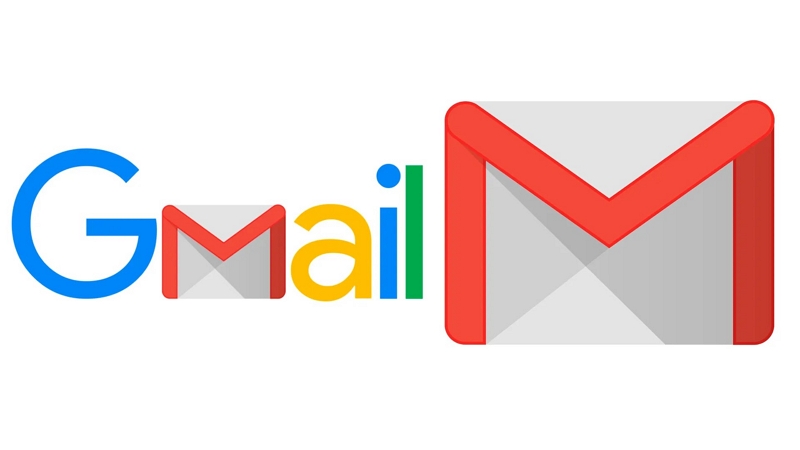
Accessible from any web browser, it allows users to send and manage emails through a clearly-guided interface. Other than that, this web app provides security features, including two-step verification and spam filtering, to ensure user data is protected. Moreover, its collaboration tools, such as real-time document sharing, make this web app the best solution for professional use.
2. Trello
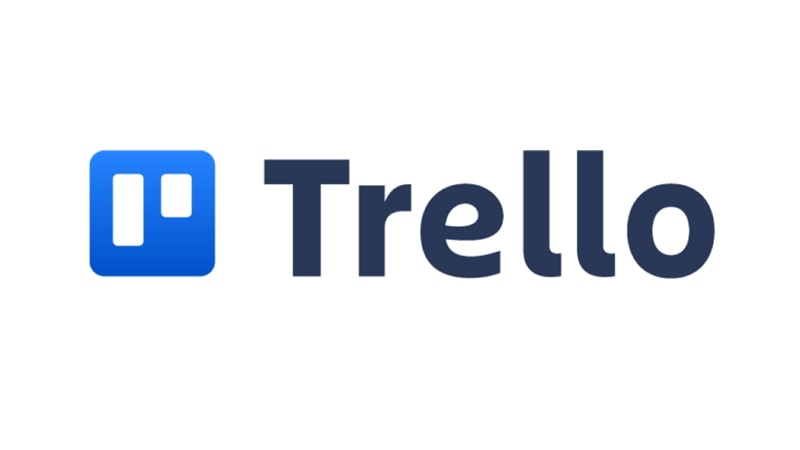
As one of the most popular web apps, this project management tool uses a visual system of boards and cards to help users organize tasks. Its simple interface and drag-and-drop functionality make managing projects efficient. Furthermore, Trello supports integrations with various third-party applications, such as Slack, to enhance its utility.
3. Google Docs
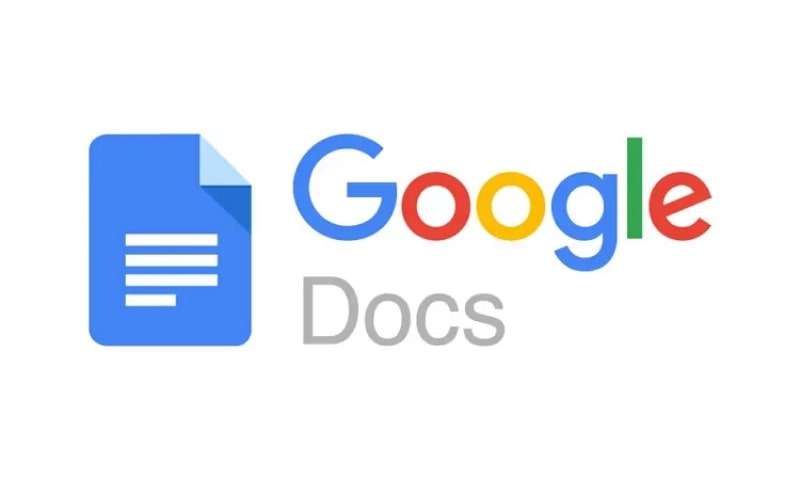
With the help of this web app, you can enjoy a range of features, including text formatting and template usage. One of its key strengths is real-time collaboration which enables multiple users to work on the same document simultaneously. In addition, its integration with other services enhances its functionality and makes it a versatile tool.
4. Amazon

When discussing what are web apps, the best example that comes to mind is Amazon. Other than retail, it offers cloud computing and artificial intelligence solutions to users. Moreover, you can enjoy the best shopping experience with personalized recommendations and secure payment options on this platform. Also, their commitment to security and excellent customer service ensures a reliable user experience.5
5. Slack
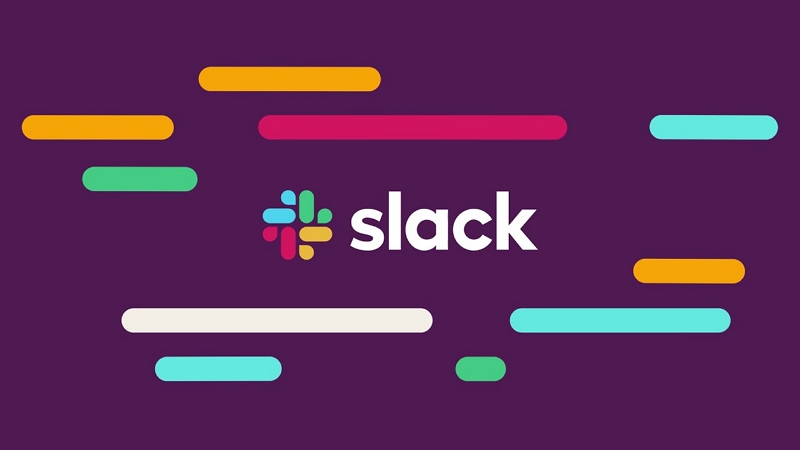
With this web-based collaboration tool, you can enhance communication and teamwork within organizations. It offers direct messaging, group channels, and voice/video calls, all within a clean web interface. Apart from that, you will be able to create channels for different topics for organized discussions. Users get the advantage of having their data protected as it follows the security measures along with the industry standards.
How to Build a Web App?
While building a web application from scratch, there are steps you need to follow to ensure proper development. Here, we will present a detailed guide that will help you understand what is a web app and how to build one. Therefore, without wasting time, dig deep into these instructions to start working on your web app development project.
1. Define Your Goals and Requirements
Start this process by identifying the problem your web app will solve. Other than that, you need to outline the basic features and functionalities your app must have to address the needs of the target audience. In addition, we recommend web developers consider the user experience and scalability techniques while working on the web app.
2. Plan and Design
With a clear understanding of what is a web-based app, developers should move towards creating wireframes and mockups to visualize the app’s layout. So they can organize the structure of the app for a better user experience.
Therefore, businesses should pick a design that aligns with their brand and appeals to their target audience. Moreover, we suggest you engage stakeholders while allocating a budget for the technology and tools you will need during the process.
3. Choose Your Tech Stack for Web App Development
Once you are done with the planning phase, you can proceed to select the right technology for successful development. While collecting the right tech stack, you need to gather tools for front-end and back-end development. For the front end, you can consider using languages such as HTML, along with frameworks like React.
When it comes to the back end, languages like Ruby, Java, and Python are popular choices. Additionally, developers need to look for version control tools, including Git, and deployment pipelines to streamline development. Most importantly, you need to make sure that your tech aligns with the expertise of your development team.
4. Develop and Code the Web App
With the proper understanding of what is a web app and the tech stack chosen, it’s time to start developing and coding the web app. Begin by setting up your development environment, including version control systems and development frameworks. Moving forward, break down the project into manageable milestones to follow the plan and design blueprint.
Now, you can proceed with the back-end development and server setups to work on the functionality of your web app. At the same time, develop the front-end elements and create interactive user interfaces to give the desired look to your application. Moreover, we recommend you adopt agile development practices to keep the project on track.
5. Integrate APIs and SDKs to Improve the Functionality of Your Web App
Users who want to boost the functionality of their web application can make use of third-party APIs. For this purpose, you can get help from ZEGOCLOUD, which offers pre-built UIKits to let you integrate features into your app based on the particular use case. With its communication APIs, you can add the in-app chat feature to your web apps to facilitate document sharing.
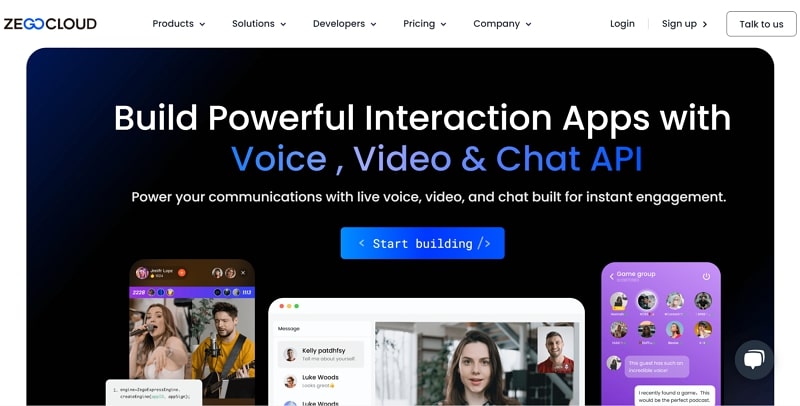
Other than that, this platform provides users with low-latency video calling and live-streaming features for better connectivity. All in all, developers building social media applications can make use of the APIs and SDKs offered by ZEGOCLOUD to cut short the development time.
Conclusion
Upon reading this article, you must have comprehended what is the definition of web apps and how these apps prove useful. Other than that, we have familiarized you with the basic practices you need to follow while developing a web application. Programmers who want to cut short the app development time can benefit from the APIs and SDKs offered by ZEGOCLOUD to get the job done.
Read more:
FAQ
Q1: What technologies are commonly used to develop web apps?
Common technologies used to develop web apps include HTML, CSS, and JavaScript for the frontend, and server-side languages like Python, Ruby, PHP, and Java. Frameworks and libraries such as React, Angular, Vue.js, Django, Ruby on Rails, and Node.js are also widely used.
Q2: How do web apps differ from websites?
Web apps are interactive and allow users to perform specific tasks or functions, such as creating documents, managing finances, or communicating with others. Websites, on the other hand, are typically informational and static, providing content for users to read and browse without much interactivity.
Q3: What are some common security concerns for web apps?
Common security concerns for web apps include data breaches, cross-site scripting (XSS), SQL injection, cross-site request forgery (CSRF), and session hijacking. These can be mitigated by implementing security best practices such as input validation, using secure coding techniques, employing HTTPS, and regularly updating and patching the web app and its dependencies.
Let’s Build APP Together
Start building with real-time video, voice & chat SDK for apps today!










